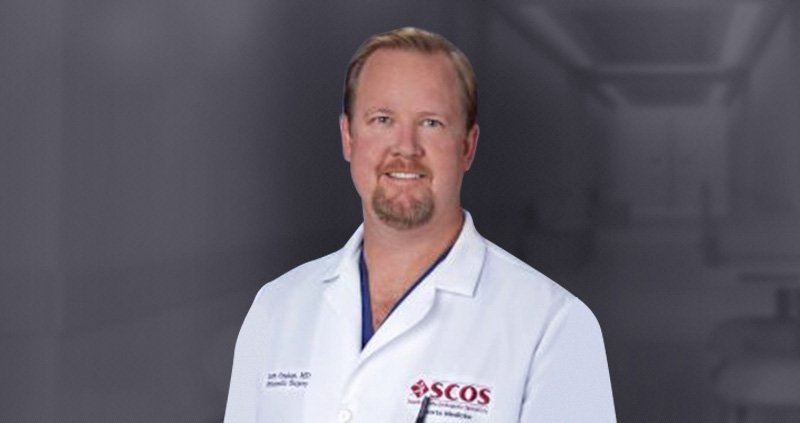Minimally Invasive Surgery
Minimally invasive surgery aims at minimizing tissue damage to improve the recovery and surgical outcome. The other benefits of minimally invasive surgery include:
- Less blood loss
- Less post-operative pain
- Less scarring
- Shorter hospital stay
Most minimally invasive procedures are performed under local anesthesia or regional block with sedation. This has the additional advantage of preventing complications due to general anesthesia. The surgery is performed through one or more small incisions, about 1 cm long. A thin, pencil-thick, instrument with a tiny camera and light source is inserted through one of the incisions to transmit the images of the surgical area on a monitor. Special surgical instruments, used to cut, shave, or remove tissue or bone, are inserted through the other incisions. This coupled with the use of an operating microscope, and other imaging modalities (for guidance) enhances the surgeon’s precision, reduces the surgical trauma and improves the outcome of the procedure.
Minimally invasive surgery can be used for various orthopedic procedures including:
- Removal of scar tissue, loose bodies, bone spurs, inflamed synovial membrane and cartilage
- Treatment of cartilage damage, ligament tear, fracture, dislocations, joint instability and tennis elbow
- Joint reconstruction
Computer assisted surgery and robotic surgery have further revolutionized the field of minimally invasive surgery and are being used for joint reconstruction. In computer assisted surgery computer aided navigation is used to provide the surgeon with real time 3D images of the surgical area and the surgical instruments, on a monitor, during the surgery. These images guide the surgeon and allow him to proceed with the surgery based on the pre-operative surgical plan.
Robotic surgery enhances the precision of the procedure by providing better control through a minimally invasive approach, using state of the art technology. Robotic surgery allows the surgeon to visualize a highly magnified 3D view of the operation field, while sitting comfortably near a surgeon’s control unit. The high resolution images are transmitted to the control unit with the help of a camera held by a robotic arm, inserted through a small incision into the operation site. The surgeon then performs the surgery through tiny incisions using miniature endowrist instruments, held by the robotic arms of the patient unit. The robotic arm cannot be programmed to do the surgery on its own. Instead, it translates the surgeon’s hand movements, at the control unit, into precise movements of the micro-instruments in the operation site, minimizing tremors that may occur from unintended shaking of the surgeon’s hands. The enhanced vision and superior control of the micro-instruments improves the precision of the surgery with less blood loss, less post-operative pain, fewer complications, quicker recovery, shorter hospital stay, faster return to normal routine activities and a lower incidence of complications.







